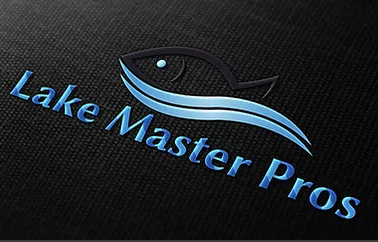Bass fishing in the Midwest lakes is a favorite pastime for many anglers. With an abundance of aquatic vegetation, these lakes provide the perfect habitat for bass to thrive and grow. In this ultimate guide, we will explore everything you need to know to have a successful bass fishing experience in the Midwest lakes.
One of the key factors that make the Midwest lakes ideal for bass fishing is the presence of aquatic vegetation. Aquatic vegetation, such as lily pads, hydrilla, and coontail, serves as a natural feeding ground and shelter for bass. These plants provide a perfect hiding spot for bass to ambush their prey and seek refuge from predators.
When fishing in lakes with aquatic vegetation, it is important to pay attention to the structure of the lake. Look for areas where the vegetation is dense, as these are likely hotspots for bass. Bass tend to congregate around areas with cover, such as fallen trees, submerged logs, and weed beds. By targeting these areas, you increase your chances of catching a trophy-sized bass.
One effective technique for fishing in lakes with aquatic vegetation is using topwater lures. Topwater lures, such as frogs, poppers, and buzz baits, mimic the movement of insects on the water’s surface and attract hungry bass. Cast your lure near the edges of the vegetation and slowly retrieve it back to the boat, creating a commotion that will entice bass to strike.
In addition to topwater lures, soft plastic baits are also effective for fishing in lakes with aquatic vegetation. Texas-rigged plastic worms, creature baits, and crawfish imitations can be used to target bass hiding in the weeds. Cast your bait into the vegetation and let it sink to the bottom, then gently jig it up and down to mimic a wounded baitfish or crawfish.
When fishing in lakes with aquatic vegetation, it is important to use the right equipment. A medium-heavy rod with a fast action tip is ideal for casting heavy lures and handling big bass. Spool your reel with braided line to effectively pull bass out of the thick vegetation without getting snagged. A fluorocarbon leader can also be used to prevent line abrasion from the sharp edges of the vegetation.
By following these tips and techniques, you can have a successful bass fishing experience in the Midwest lakes. Remember to target areas with dense aquatic vegetation, use the right lures and baits, and equip yourself with the proper gear. With a little patience and persistence, you can reel in trophy-sized bass and create lasting memories on the water.
For more information visit:
Lake Master Pros
https://www.lakemasterpros.com/
Lake Master Pros is a premier pond and lake management company dedicated to providing comprehensive, sustainable solutions for the health and beauty of your aquatic environment. Our team of experienced professionals specializes in a wide range of services, including aquatic weed control, fish stocking, aeration system installation, water quality testing, and shoreline restoration.


